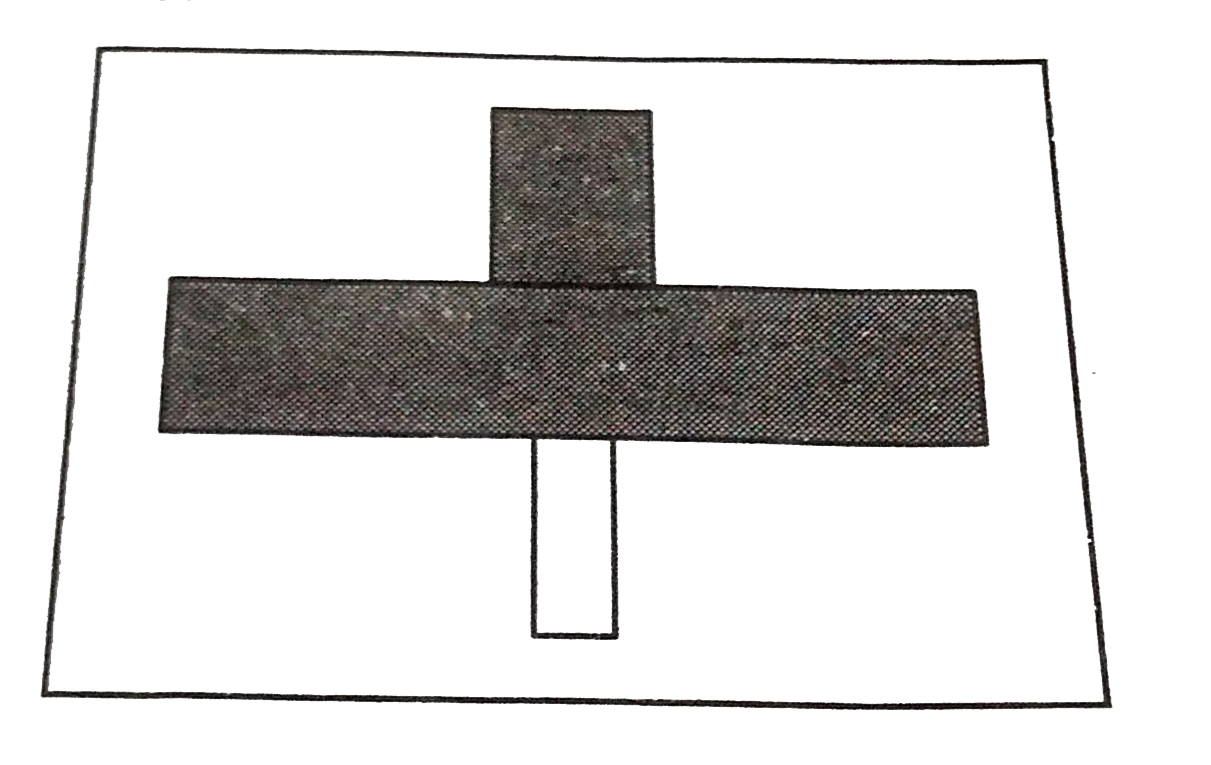Explain various types of ecological pyramids.
Text Solution
If we look at the shape of the pyramid, the base of a pyramid is broad and it narrows towards the apex.
One gets a similar shape, we express the food or energy relationship between organisms at different trophic level.
Thus relationship is expressed in terms of number, biomass or energy.
The base of each pyramid represents the producers or the first trophic level while the apex represents tertiary or top level consumer.
The three ecological pyramids that are usually studied are: (a) Pyramid of number (b) Pyramid of biomass (c) Pyramid of energy.
Any calculations of energy content, biomass or numbers has to include all organisms at that trophic level.
No generalization we make will be true if we take only a few individuals at any trophic level into account.
Also a given organism may occupy more than one trophic level simultaneously. One must remember that the trophic level represents a functional level, not a species as such.
A given species may occupy more than one trophic level in the same ecosystem at the same time, for example, a sparrow is a primary consumer when it eats seeds, fruits, peas and a secondary consumer when it eats insects and worms.

(d) An ideal pyramid of energy. Observe that primary producers convert only 1% of the energy in the sunlight available to them into NPP
In most ecosystems, all the pyramids of number of energy and biomass are upright. I.e. producers are more in number and biomass then the herbivores and herbivores are more in number and biomass than the carnivores. Also energy at a lower trophic level is always more than at a higher level
The pyramid of biomass in sea is also generally inverted because the biomass of fishes far exceeds that of phytoplankton.
Pyramid of energy is always upright, can never be inverted, because when energy flows from a particular trophic level to the next trophic level, some energy is always lost as heat at each step.
Each bar in the energy pyramid indicates the amount of energy present at each trophic level in a given time or annually per unit area.
However there are certain limitations or ecological pyramids such as it does not take into account the same species belonging to two or more trophic levels.
It assumes a simple food chains something that almost never exists in nature, it does not accommodate a food web.
Moreover, saprophytes are not given any place in ecological pyramids even though they play a vital role in the ecosystem.
|
Topper's Solved these Questions
- ECOSYSTEMBOOK - KUMAR PRAKASHANCHAPTER - ECOSYSTEMEXERCISE - SECTION - B (DIFFERENCE/SCIENTIFIC REASONS)
6 Videos
- ECOSYSTEMBOOK - KUMAR PRAKASHANCHAPTER - ECOSYSTEMEXERCISE - SECTION - C (OBJECTIVE QUESTIONS - ANSWERS)
10 Videos
- BOARD QUESTION PAPER MARCH -2020BOOK - KUMAR PRAKASHANCHAPTER - BOARD QUESTION PAPER MARCH -2020EXERCISE - Part-B (Section-C)
5 Videos
- ENVIRONMENTAL ISSUESBOOK - KUMAR PRAKASHANCHAPTER - ENVIRONMENTAL ISSUESEXERCISE - Section - F (Multiple Choice Question (MCQs))(MCQs ASKED IN COMPETITIVE EXAM)
22 Videos
Similar Questions
Knowledge Check
Given below is one of the types of ecological pyramids. This type represents:
 Aenergy pyramid in a springBpyramid of biomass in a lakeCpyramid of numbers in a grasslandDpyramid of biomass in a fallowland
Aenergy pyramid in a springBpyramid of biomass in a lakeCpyramid of numbers in a grasslandDpyramid of biomass in a fallowlandGiven below is one of the types of ecological pyramids.

This type representsApyramid of numbers in a grasslandBpyramid of biomass in a fallow landCpyramid of biomass in a lakeDenergy Pyramid in a spring
Ecological pyramids are of
View SolutionGiven below is one of the types of ecological pyramids. This type represents:

View SolutionGiven below is one of the types of ecological pyramids. This type represents

View SolutionGiven below is one of the types of ecological pyramids.The type represents which of the following one

View Solution(a) Explain the significance of ecological pyramids with the help of an example.
(b) Why are the pyramids referred to as ‘upright’ or ‘inverted’? Explain.
View Solution(a) Explain the significance of ecological pyramids with the help of an example.
(b) Why are the pyramids referred to as ‘upright’ or ‘inverted’? Explain.
View Solution
